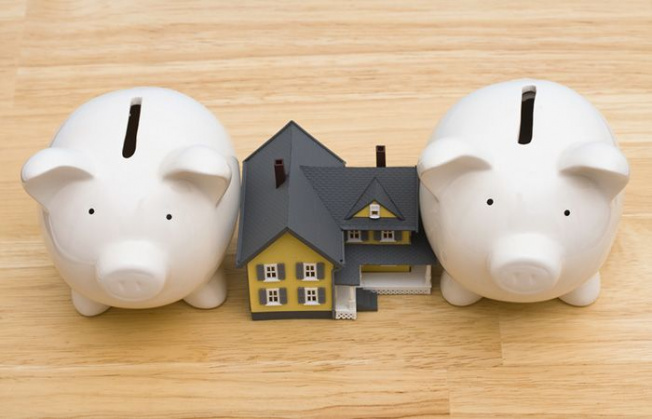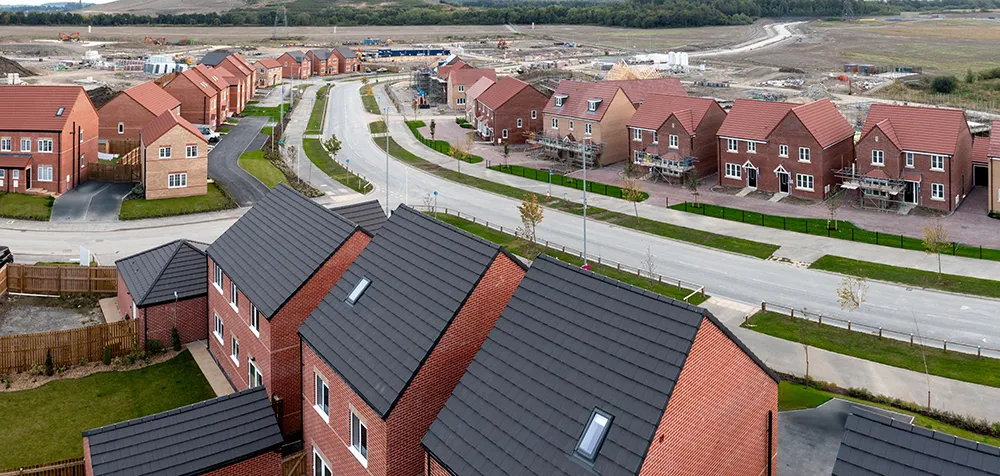
UK house prices grew in March on a quarterly basis, by 2.0%, with annual growth slowing to 0.3%, from 1.6% in February.
Compared to last month, the price of a UK property fell -.0% or £2,908 in cash terms, with the average property now costing £288,430.
Commenting on the latest figures Halifax Mortgages director Kim Kinnaird (pictured) said: “That a monthly fall should occur following five consecutive months of growth is not entirely unexpected particularly in view of the reset the market has been going through since interest rates began to rise sharply in 2022. Despite this house prices have shown surprising resilience in the face of significantly higher borrowing costs”.
Kinnaird said affordability constraints continued to be a challenge for prospective buyers, while existing homeowners on cheaper fixed-term deals were yet to feel the full effect of higher interest rates.
“This means the housing market is still to fully adjust, with sellers likely to be pricing their properties accordingly.”
She added: “Financial markets have also become less optimistic about the degree and timing of Base Rate cuts, as core inflation proves stickier than generally expected. This has stalled the decline in mortgage rates that had helped to drive market activity around the turn of the year.
“The broader picture is that house prices are up year-on-year, reflecting the opposing forces of an easing cost of living squeeze – now that pay growth is outpacing general inflation – and relatively high interest rates. Taking a slightly longer-term view, prices haven’t changed much over the past couple of years, moving in a narrow range since the spring of 2022, and are still almost £50,000 above pre[1]pandemic levels.”
Lomond chief executive Ed Phillips, commented: “We certainly don’t want to run before we can walk, however, the consistently positive house price performance seen since the start of the year certainly suggests that the market is heading in the right direction.”
He added: “While it’s likely to be a more measured year compared to the explosive rates of house price growth seen during the pandemic boom, property values remain close to record highs and there’s no sight of the market collapse that was so widely predicted last year. In this respect, it’s never been a better time to sell.”
This positive sentiment is broadly shared by MT Finance director Tomer Aboody. “With a continued positive outlook, as buyers take advantage of lower and stable interest rates, we are continuing to see more transactions with demand high.
“With further potential lower inflation, and with rumours that interest rates might also reduce, we are likely to see an increase in demand as the year moves on.
Aboody added: “More encouragement is needed in order to provide more stock, and hopefully this could come in the shape of some stamp duty reform before a general election.”
ASK Partners chief executive said the HPI data indicated the property sector was showing signs of recovery and the outlook has considerably improved.
“Rent values have seen sustained growth, positioning real estate as reasonably valued in comparison to gilts and presenting growth potential. In the realm of commercial real estate, factors like physical condition, location, and age significantly influence a property’s value.”
He added: “Well-maintained properties boasting modern amenities tend to command higher prices, while neglected ones may struggle to attract tenants or investors. In the current market, the emphasis has shifted towards the importance of location and quality over the yield on debt or cost. We anticipate opportunistic acquisitions of prime properties in prime locations.”



